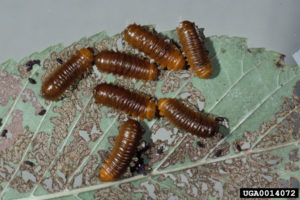
Larger Elm Leaf Beetle
Elms have lots of pests. This week I have had several reports of larger elm leaf beetles, Monocesta coryli, …



Due to limited staff in the office, we may be closed at times. Please call (252)358-7822.
El inglés es el idioma de control de esta página. En la medida en que haya algún conflicto entre la traducción al inglés y la traducción, el inglés prevalece.
Al hacer clic en el enlace de traducción se activa un servicio de traducción gratuito para convertir la página al español. Al igual que con cualquier traducción por Internet, la conversión no es sensible al contexto y puede que no traduzca el texto en su significado original. NC State Extension no garantiza la exactitud del texto traducido. Por favor, tenga en cuenta que algunas aplicaciones y/o servicios pueden no funcionar como se espera cuando se traducen.
Inglês é o idioma de controle desta página. Na medida que haja algum conflito entre o texto original em Inglês e a tradução, o Inglês prevalece.
Ao clicar no link de tradução, um serviço gratuito de tradução será ativado para converter a página para o Português. Como em qualquer tradução pela internet, a conversão não é sensivel ao contexto e pode não ocorrer a tradução para o significado orginal. O serviço de Extensão da Carolina do Norte (NC State Extension) não garante a exatidão do texto traduzido. Por favor, observe que algumas funções ou serviços podem não funcionar como esperado após a tradução.
English is the controlling language of this page. To the extent there is any conflict between the English text and the translation, English controls.
Clicking on the translation link activates a free translation service to convert the page to Spanish. As with any Internet translation, the conversion is not context-sensitive and may not translate the text to its original meaning. NC State Extension does not guarantee the accuracy of the translated text. Please note that some applications and/or services may not function as expected when translated.
Collapse ▲
Elms have lots of pests. This week I have had several reports of larger elm leaf beetles, Monocesta coryli, …
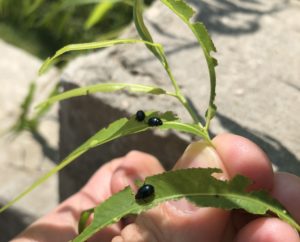
You can find a lot of damage on willows this time of year because imported willow leaf beetles have …
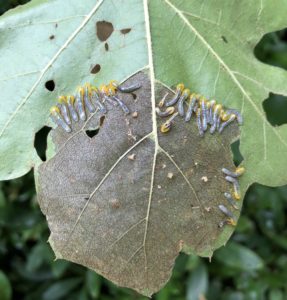
Oaks have hundreds of herbivores so it is no wonder that towards the end of summer some of the …

If you like to garden you probably like butterflies. You probably also grow some herbs like fennel, dill, or …

It’s been an exciting couple of weeks out at Bee Hoppy Farms…the annual hop harvest! Grower Tiffany Cooper is finishing …
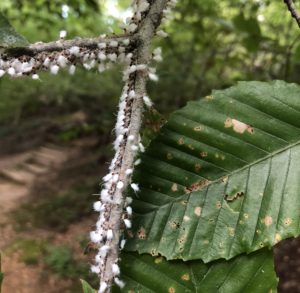
You might notice twigs on beech trees covered in a woolly sleeve. Get closer and it will begin to …
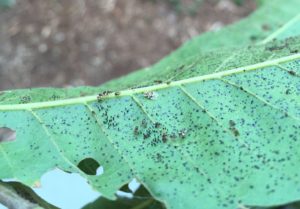
Oak lace bugs (Corythucha arcuata), like other lace bugs, cause stippling on leaves. Oak lace bugs, of course, feed …

Fall webworms, one of our native insect pests, are a perennial nuisance and in some cases a destructive pest. …
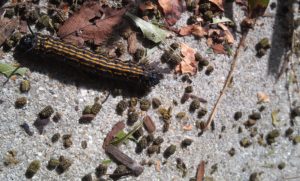
Orange striped oakworms started hatching in Raleigh this week. They have one generation per year. Adults emerge in mid …

Most tree species are fed upon by spider mites and many even have their own species. These include maple …

On July 10, 2018, North Carolina Cooperative Extension Agriculture Agents attended an all-day Industrial Hemp Agent Short Course. The …
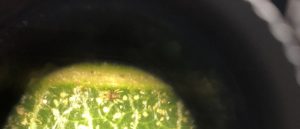
This week I have noticed damage on many pin oaks (Quercus falcata) by oak spider mites (Oligonychus bicolor). Oak …

Photos by Debbie Roos, Chatham County Cooperative Extension In late 2008, I planted a demonstration pollinator garden at Chatham Mills …
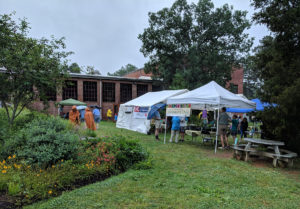
The Chatham County Center of North Carolina Cooperative Extension and the Chatham County Beekeepers’ Association teamed up to hold their 11th Annual …
The kind folks at Extension IT have created an index from which you can easily find and access all …
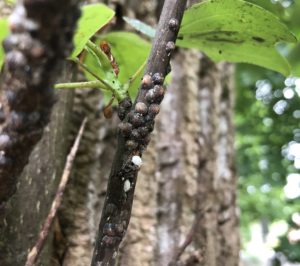
Tulip tree scales and other soft scales are maturing and producing a lot of honeydew. This makes people notice …
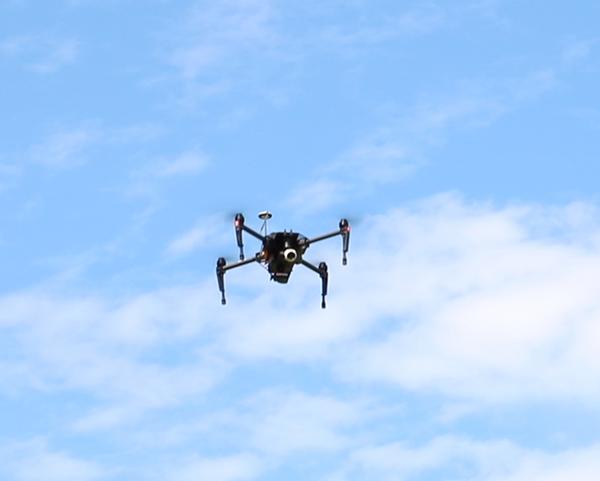
This publication discusses flying unmanned aerial vehicles (drones, model aircraft) for commercial purposes. You'll learn …
Intensive Vegetable Production refers to a system of marketing and producing vegetable crops in which …
The per-capita consumption of processed tomatoes has increased steadily in recent years. This has been …
The onion is a cool season crop that will withstand moderate freezes. It may be …
Producing asparagus crowns for sale or use is simple and profitable. Careful attention to details …
This review presents the key steps involved in pruning a mature Carlos vine for maximum …
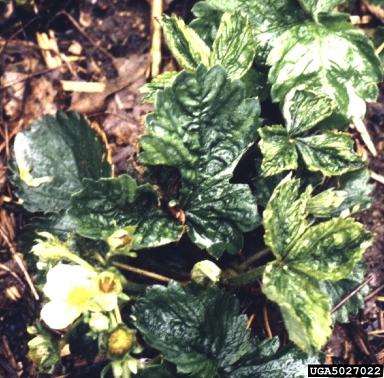
This factsheet describes the biology and management of cylamen mites in strawberries.
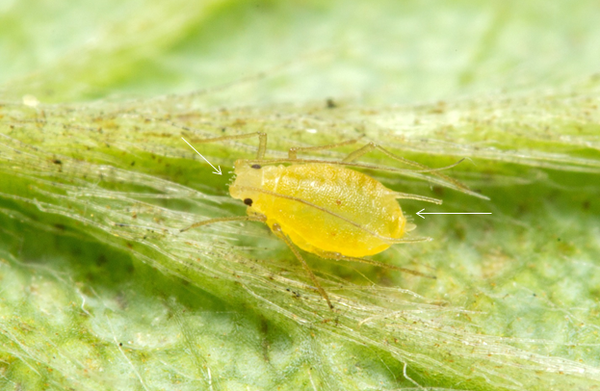
This factsheet describes aphid biology and management in strawberries.